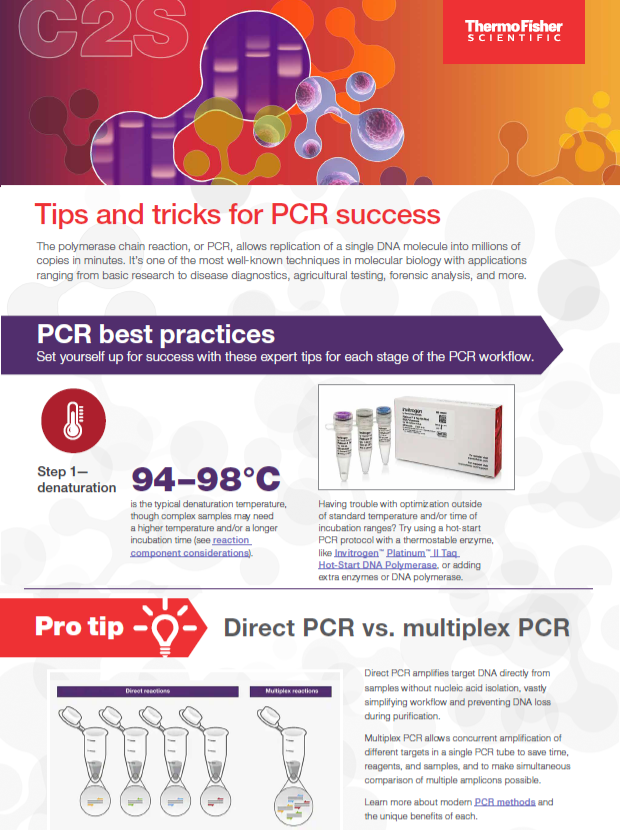Mechanisms of RNA Modifications Determination Using SigRM

Researchers affiliated with Xi’an Jiaotong–Liverpool University have developed SigRM, a pioneering instrument anticipated to transform the investigation of gene expression and regulation. This technology utilises single-cell epitranscriptomics, which is a technique employed to examine RNA modifications within individual cells, facilitating unparalleled insights into the underlying mechanisms that influence health and disease. This enables scientists to determine RNA modifications such as m6A methylation at a detailed level through the implementation of SigRM and thereby discover more avenues of understanding complex biological processes.
Decoding of RNA Modifications: Why Does It Matters?
RNA modifications, such as m6A methylation, play a fundamental role in controlling gene regulation and are therefore held responsible for cancer and other diseases. Using the tool single-cell epitranscriptomics, one is now prepared to study these modifications at the level of individual cells, which have never been seen at such granularity. SigRM further evolves that with this, one can even build scenario-specific regulatory networks mapping out RNA methylation dynamics for conditions.
The researchers, in their recent paper published in Cell Genomics, describe how the advanced framework of SigRM resolves key challenges in the detection and quantification of RNA methylation sites. The tool also tracks cell state changes over time, allowing for a dynamic perspective of RNA modification patterns, through integrating trajectory inference.
Key Features of SigRM: Researcher’s Companion.
SigRM has a huge level of strength features, which easily make it the must-have for researchers.
- Condition-Specific Regulatory Networks: To enable the generation of a comprehensive RNA methylation map tailored to a condition.
- Trajectory inference: To analyze alterations in cellular states across temporal dimensions, providing valuable understanding of dynamic regulatory processes.
- Wide applicability: It studies RNA modifications in different cell populations, thereby illuminating knowledge on complex biological networks.
- Validation: The results are stringently validated against existing biological knowledge, hence reliable.
Such properties form a good basis in the study of RNA regulation, further leading to the development of understanding disease mechanisms and possible therapy approaches.
Applications in Disease Research and Beyond
Applications of SigRM are quite broad, especially in the context of diseases like cancer. This may show pathologic regulatory patterns characterizing the progression of disease and may identify new therapeutic targets and also may improve the understanding of how changes in RNA modifications may drive disease.
In addition, SigRM findings are not limited to diseases. Instead, it can open further medical biotechnology and gene regulation study. Prof. Jia Meng, the lead researcher, believes that “SigRM is a critical step in understanding RNA modifications that regulate gene expression. It bridges the critical gaps in the analytical techniques and brings valuable tools for medical research.”
The Future of RNA Research
Tools like SigRM not only create an opportunity for scientific discovery, but more profoundly, these innovations illustrate the power with which one can solve long-standing challenges. The enormous scope in which SigRM provides an opportunity for breakthroughs into diseases and biotechnology brings the importance of funding transformative technologies to the forefront. This technology offers researchers the possibility of unprecedented discoveries regarding health and disease.
Know more about this article here.

